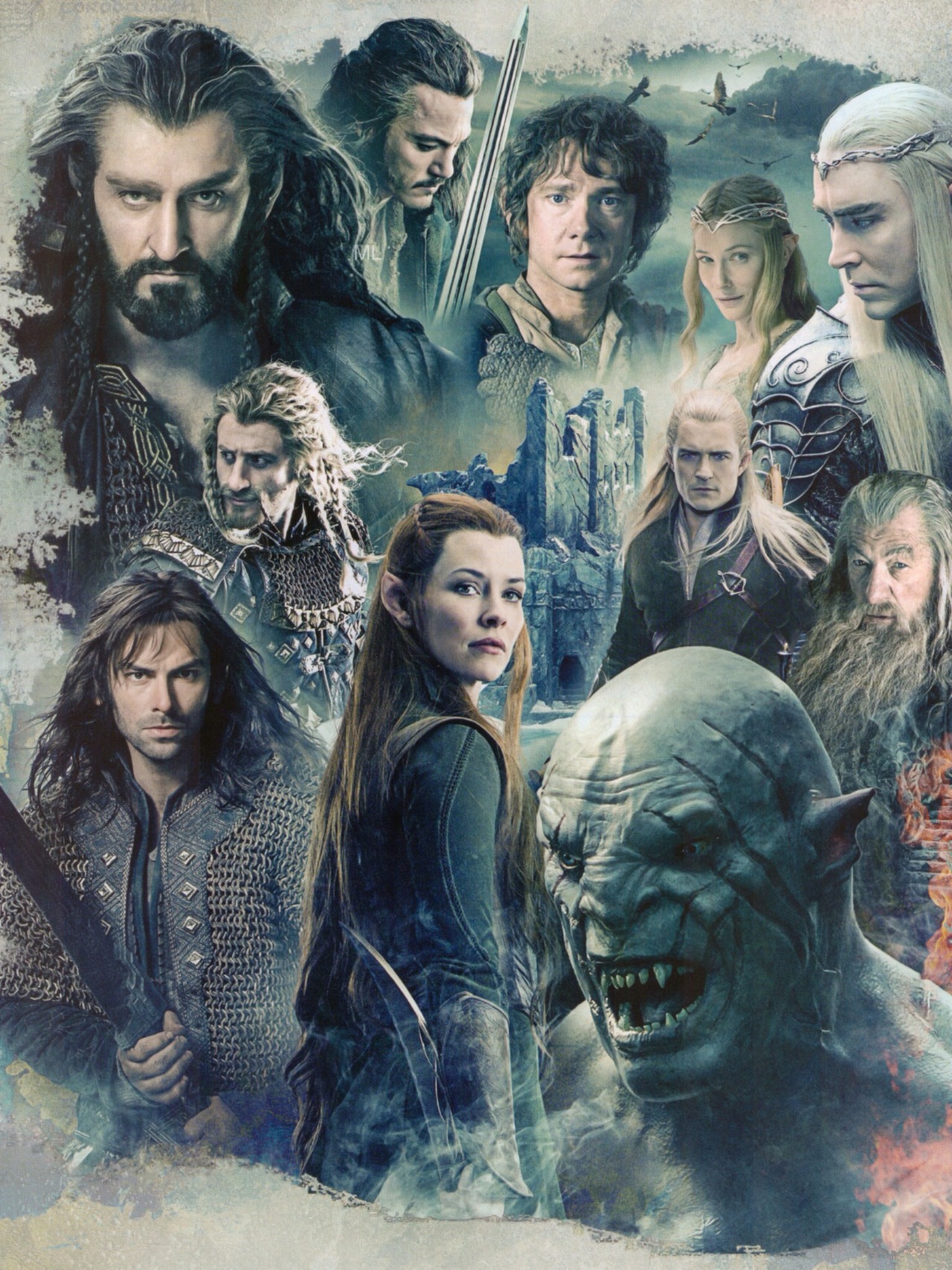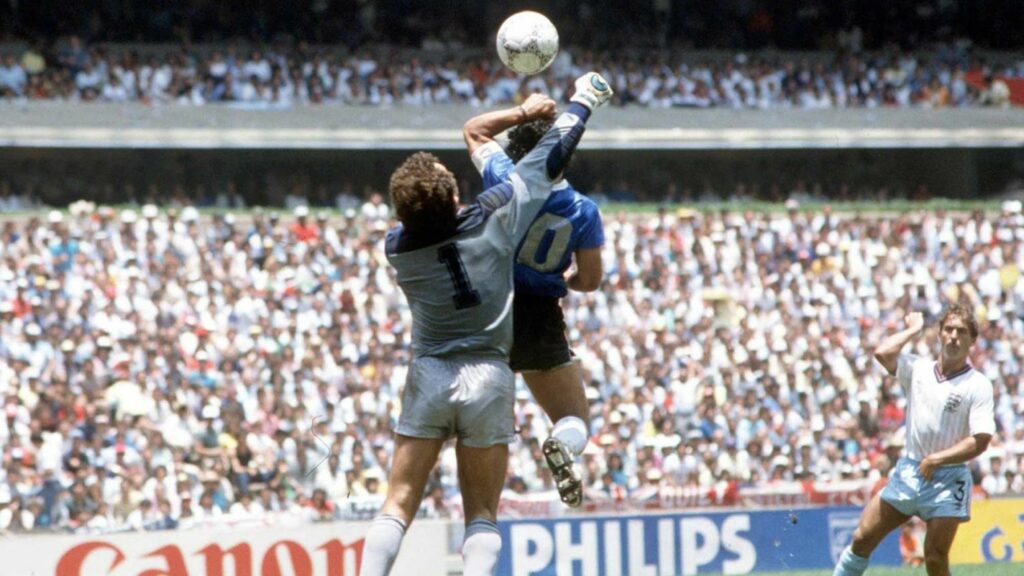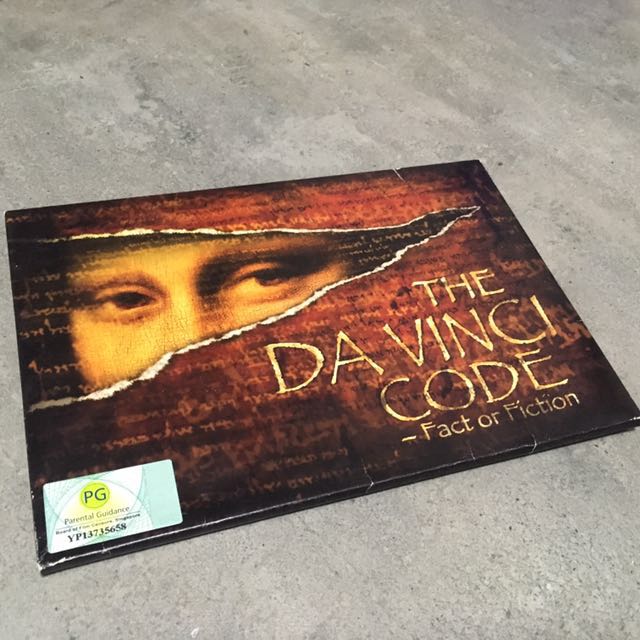Understanding The Impact Of The Hobbit: The Battle Of The Five Armies

Table of Contents
Box Office Success and Financial Impact
The Hobbit: The Battle of the Five Armies was a significant financial success, solidifying its place within the lucrative realm of fantasy film adaptations. Globally, the film raked in substantial revenue, contributing significantly to Warner Bros.' bottom line and influencing the studio's future investment in high-budget fantasy projects. This financial success also had a ripple effect on the wider film industry, reinforcing the commercial viability of fantasy films adapted from established literary works.
- Worldwide gross revenue figures: The film grossed over $956 million worldwide, making it one of the highest-grossing films of 2014.
- Comparison to previous Hobbit films and other fantasy films: While slightly lower than The Desolation of Smaug, it still outperformed many other fantasy films released around the same time, demonstrating the continued strength of the Hobbit franchise.
- Return on investment analysis: The film's substantial box office returns ensured a healthy profit for Warner Bros., further justifying their investment in the trilogy.
- Impact on franchise merchandising: The film fueled further sales of merchandise related to The Hobbit, including toys, clothing, and video games, extending the financial impact beyond the film's theatrical run.
Critical Reception and Public Opinion
The critical reception to The Hobbit: The Battle of the Five Armies was more mixed compared to the previous films in the trilogy. While praised for its impressive visual effects and action sequences, particularly the titular battle, it faced criticism for its pacing, character development, and at times, its overly convoluted plot. Public opinion, as reflected in online forums and social media discussions, was similarly divided.
- Key themes from reviews: Reviews frequently highlighted the impressive CGI, particularly the large-scale battle sequences, while also criticizing the rushed pacing and underdeveloped character arcs. Some critics felt the film lacked the emotional depth of the Lord of the Rings trilogy.
- Comparison to critical reception of The Hobbit trilogy as a whole: The film's mixed reception was somewhat consistent with the overall reaction to the Hobbit trilogy, which, while financially successful, generally received less critical acclaim than Jackson's Lord of the Rings adaptation.
- Examples of positive and negative fan feedback: Fans praised the epic scale of the battle scenes and the return of familiar characters. However, some criticized the film's plot inconsistencies and felt it lacked the emotional resonance of the books.
- Impact of critical reception on future fantasy film productions: The mixed reception served as a reminder that even with a substantial budget and established IP, a successful adaptation requires careful attention to storytelling and character development alongside spectacular visuals.
Influence on the Fantasy Genre and Popular Culture
The Hobbit: The Battle of the Five Armies played a significant role in shaping the modern fantasy genre, particularly within the realm of cinematic adaptation. Its impact extends beyond the box office success to its visual effects, storytelling techniques, and enduring contribution to the popular image of Middle-earth.
- Examples of visual effects techniques used: The film showcased state-of-the-art visual effects, particularly in the depiction of large-scale battles and fantastical creatures, setting a new benchmark for fantasy filmmaking.
- Impact on the portrayal of dwarves and elves in popular media: The film contributed to a broader, more nuanced portrayal of dwarves and elves in popular culture, moving beyond stereotypical representations.
- Influence on the fantasy subgenres in gaming and literature: The success of The Hobbit trilogy, and this film in particular, had a knock-on effect in the fantasy gaming and literary communities, inspiring new works and adaptations in similar styles.
- Long-term influence on the fandom and the Tolkien estate: The film's release further cemented the enduring popularity of Tolkien's works and contributed to a sustained level of interest in the Tolkien universe.
Legacy of the Battle Scenes and Visual Effects
The battle scenes in The Hobbit: The Battle of the Five Armies are arguably its most enduring legacy. These sequences pushed the boundaries of visual effects technology, creating breathtaking and immersive experiences for audiences.
- Specific examples of innovative VFX: The film used innovative techniques to render massive armies, detailed environments, and realistic creature effects, setting a standard for subsequent fantasy films.
- Comparison to other high-budget fantasy films in terms of visual effects: The film's visual effects remain competitive with the most visually stunning fantasy films even today, a testament to its technical achievements.
- Impact on the VFX industry: The film’s advancements significantly influenced the techniques and standards used in the VFX industry, paving the way for even more ambitious projects in the future.
Conclusion
The Hobbit: The Battle of the Five Armies, despite mixed reviews, undeniably left a significant mark. Its financial success cemented the popularity of the extended Middle-earth cinematic universe, its visual effects pushed technological boundaries, and its contributions to the broader fantasy genre remain visible. Understanding its impact helps us appreciate not only the film itself but also the wider world of fantasy filmmaking and storytelling. Continue exploring the legacy of The Hobbit: The Battle of the Five Armies by researching its impact on specific areas that interest you, like its musical score, costume design, or the performance of its cast. Further investigation into the critical and commercial performance of The Hobbit: The Battle of the Five Armies will only enhance your understanding of this complex and impactful film.

Featured Posts
-
 Efl Highlights Your Guide To The Best English Football Moments
May 13, 2025
Efl Highlights Your Guide To The Best English Football Moments
May 13, 2025 -
 A Critical Analysis Of The Da Vinci Code Fact Vs Fiction
May 13, 2025
A Critical Analysis Of The Da Vinci Code Fact Vs Fiction
May 13, 2025 -
 Ghaziabads Heat Advisory Safety Guidelines For Outdoor Workers In Noida
May 13, 2025
Ghaziabads Heat Advisory Safety Guidelines For Outdoor Workers In Noida
May 13, 2025 -
 Nova Zbirka Romski Ba Ki E Dostapna
May 13, 2025
Nova Zbirka Romski Ba Ki E Dostapna
May 13, 2025 -
 Identifying The Countrys Fastest Growing Business Locations
May 13, 2025
Identifying The Countrys Fastest Growing Business Locations
May 13, 2025
